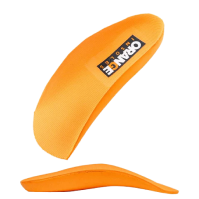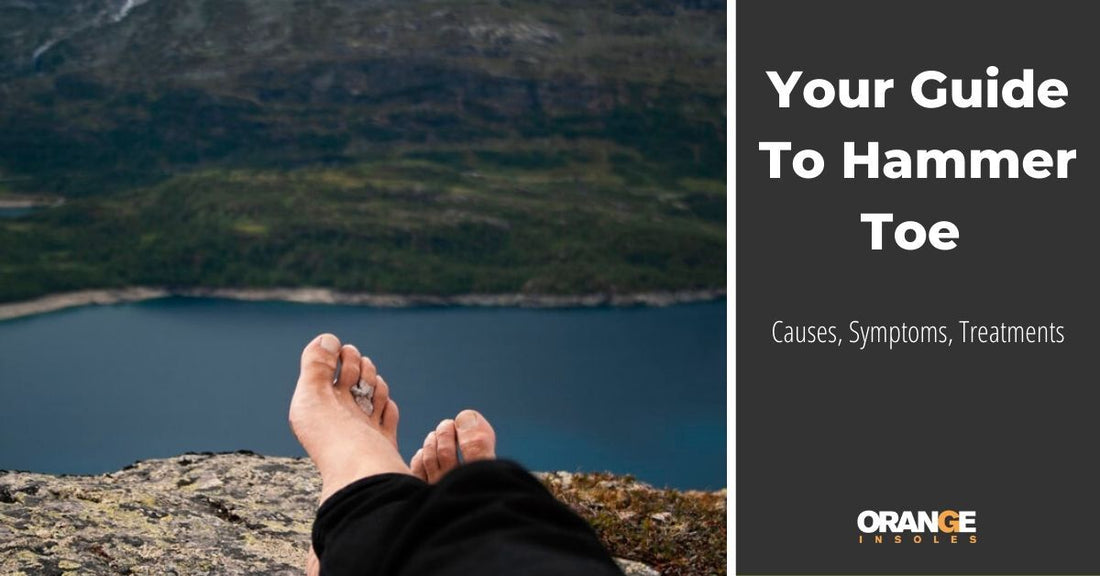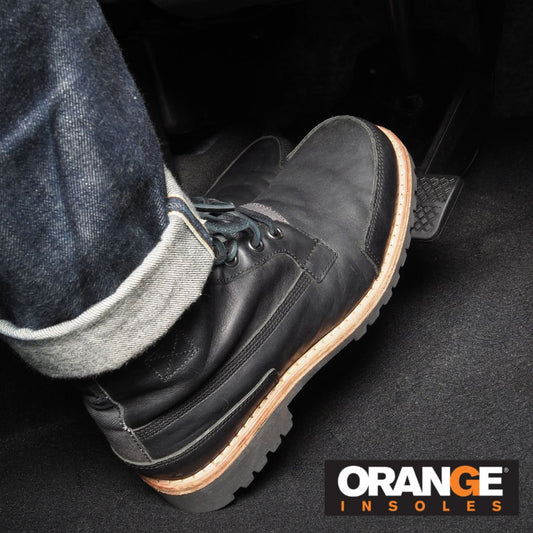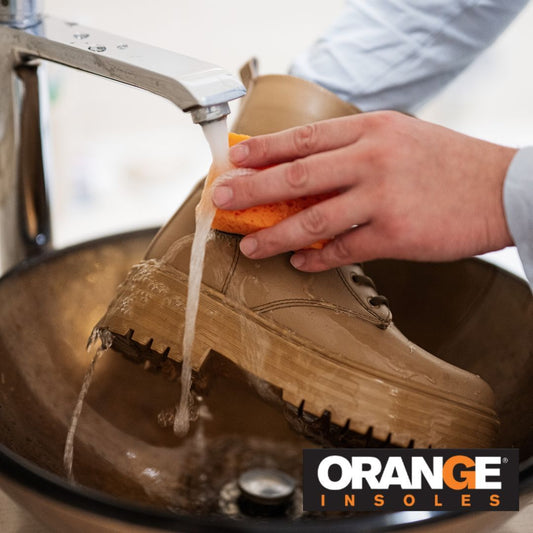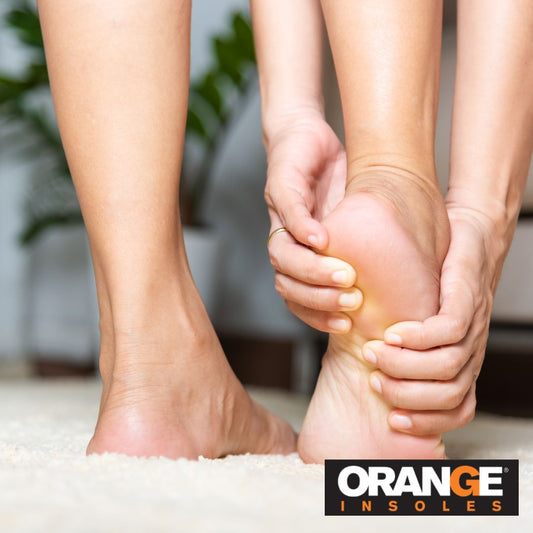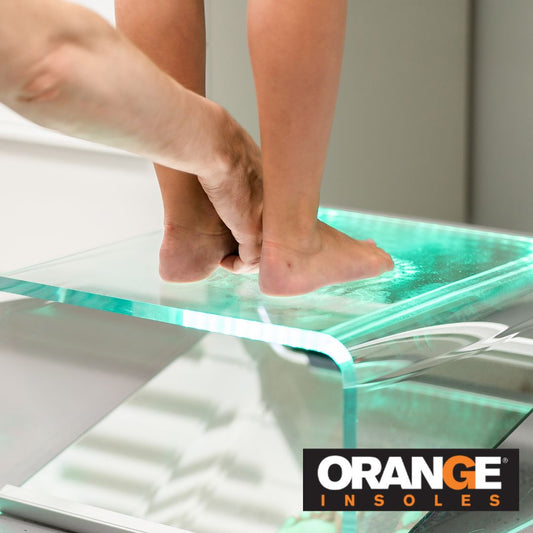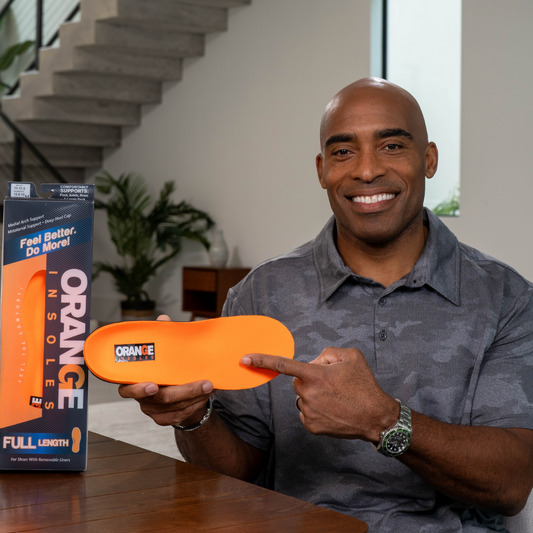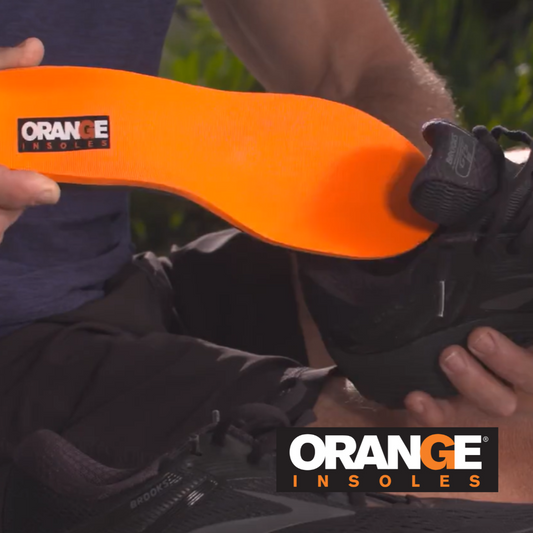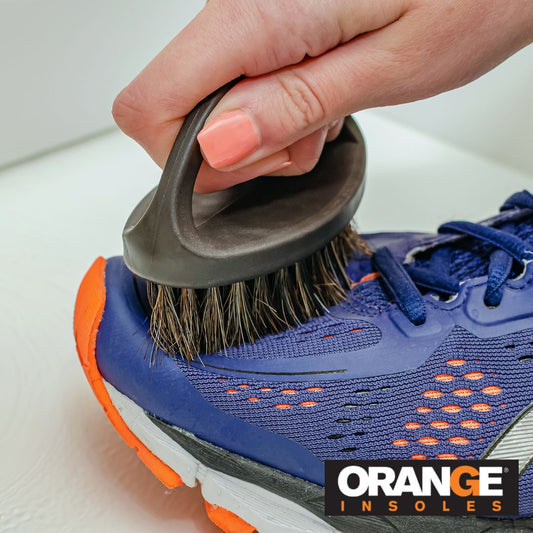Hammer Toe might sound like a cool band name but it’s actually a common deformity of the second, third, or fourth toe. While it can be a painful condition, there are a lot of treatments available.
So, what are hammer toes? A hammer toe has an abnormal bend in its the middle joint causing it to bend downward…like a hammer. Get it? Without prompt treatment, hammer toe can get worse and worse so it’s a good idea to know how to recognize and treat it.
Symptoms of Hammer Toe:
A bent toe is not the only symptoms you’ll experience if you have hammer toe. Hammer toe can cause foot pain in the bent toe but also makes it more likely you’ll develop painful corns or callouses on top of that toe. Swelling, redness, or burning can occur and pain when trying to move the toe straighten it are common.
Causes of Hammer Toe
How do you get hammer toe? Hammer toe is caused by an imbalance in the muscles around the middle joint of the toe. Normally, these muscles (with the help of tendons and ligaments) work together to bend and straighten the toes. When these muscles weakens, it can’t bend or straighten the toe and if the toe stays bent too long, it won’t be able to straighten out.
The weakening of these muscles can be caused by a number of things, like:
- Tight Shoes: Wearing high heels or shoes that are too tight can force toes into a bent position. Wearing these shoes too much might cause the toes to remain bent.
- Injuries: A broken or jammed toe is more likely to develop hammer toe
- Toe Length: If the second toe is longer than the big toe it’s more likely to develop hammer toe
- Certain Conditions: Those already suffering from issues like arthritis or diabetes are more likely to develop hammer toe or other foot problems
Treatment of Hammer Toes
If you catch hammer toe early when it’s still mild and the toe is still flexible, there are some treatments doctors often recommend:
- Picking up marbles with your toe to keep it moving
- Manually stretching the toe daily
- Shoe inserts to reduce pain and keep symptoms from worsening
- Pads and wraps to relieve pain and prevent corns and blisters
- Tape or splint the toe to keep it straight (ask a doctor how to do this)
- Apply ice several times a day to ease pain
Hammer Toe Surgery
In a worst case scenario, a doctor might recommend surgery to treat hammer toe. If the toe is no longer flexible you may need surgery to treat the joint but it’s usually an outpatient procedure. Talk to your doctor if you think you might have hammer toe to start improving it before surgery is needed.
Hammer Toe Prevention
To avoid hammer toe in the future, make sure you wear the right size shoe and avoid shoes that extremely narrow. Wearing shoes with an insole can also help relieve pressure on the toe, letting it straighten naturally.
Hammer toe can cause pain, swelling, and irritation and is not a problem you want to develop. Be on the lookout for signs, make sure your shoes are comfortable, and check out our insole selection to help shoes correctly support your feet (and toes!).


